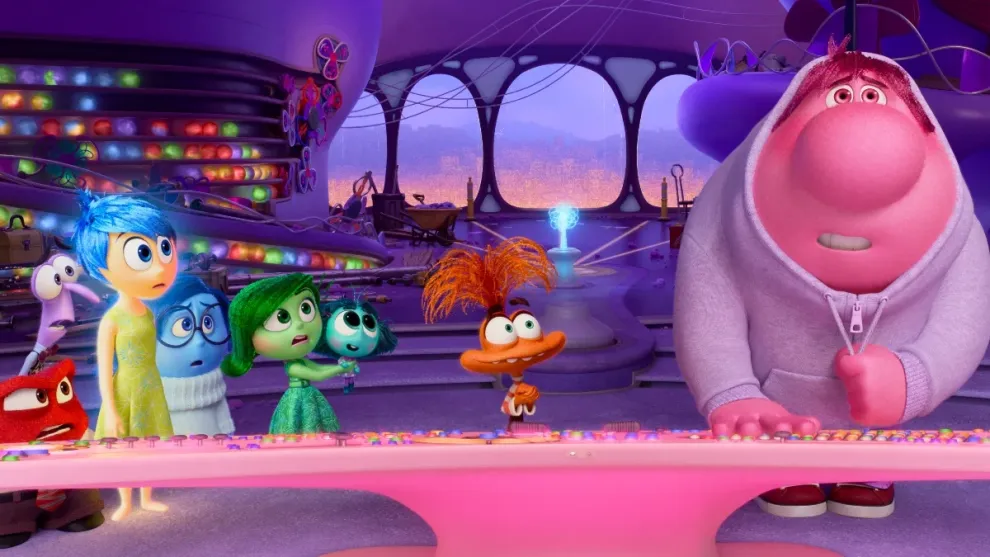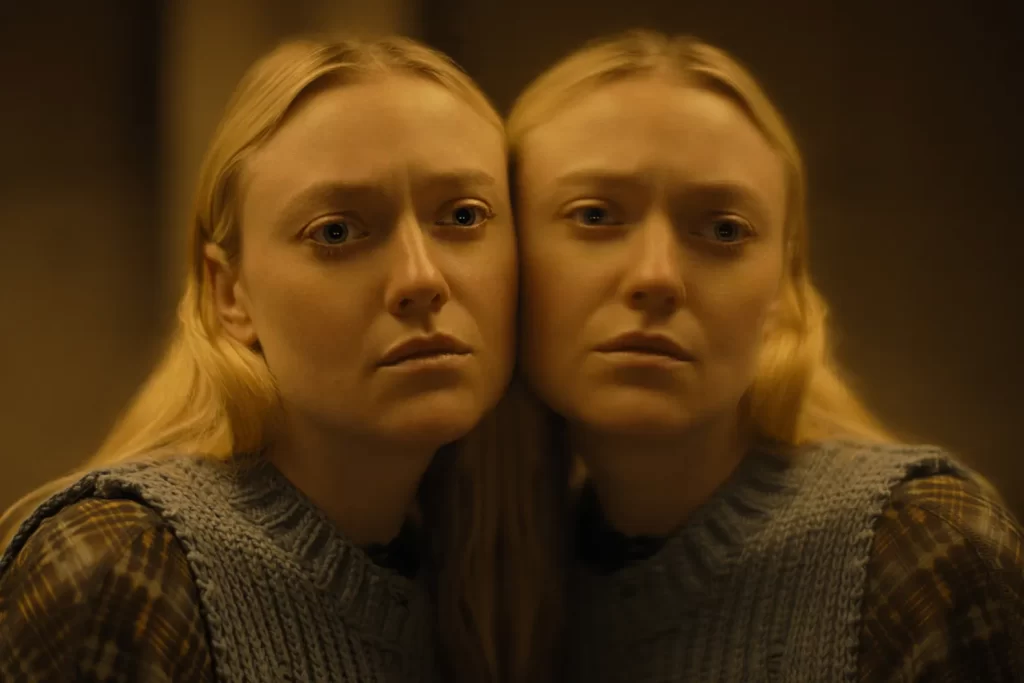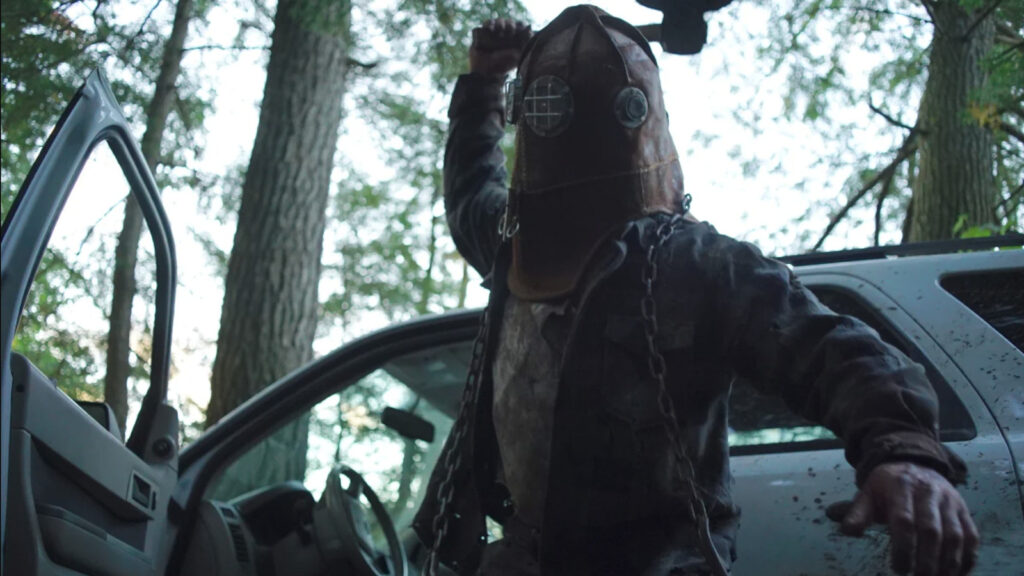Inside Out 2: She’s Crossed That Loving Feeling

Could Pixar be growing up? The idea seems odd; from the moment Woody and Buzz debated flying versus “falling with style,” the animation laureate has exhibited a fully formed sensibility—a rich blend of buoyant imagination and piercing insight, conveyed via painstaking computerized craft. But because Disney’s most celebrated cartoon arm remains a commercial enterprise, many of their works still center on wide-eyed children and (more directly) their anxious parents. In recent years, however, the studio has gently expanded its heroes’ ages and preoccupations, telling stories about childless adults (Soul), lovestruck twentysomethings (Elemental), awkward high schoolers (Onward), and angsty kids straddling adolescence (Luca, Turning Red). Now comes Inside Out 2, a movie about a 13-year-old grappling with the chilling prospect (perceived or actual) that her actions in the present will determine the course of her future. It might not be a coming-of-age story in all respects—the notion of sexual attraction stays safely outside its youthful boundaries—but it’s not for nothing that it features a literal alarm blaring the arrival of one of life’s most horrifying rites of passage: puberty.
Creatively speaking, Inside Out 2 attempts to accomplish a similar sort of maturation, expanding the original’s vibrantly detailed universe and complicating its themes. At the same time, it suffers from a certain, inevitable stasis. The first Inside Out, which landed on this critic’s list of the best movies of the 2010s, was remarkable above all for its conceptual innovation—its vision of emotions as anthropomorphized beings that guide our thoughts and behavior while collaborating and bickering in the fashion of a workplace sitcom. Inside Out 2, by virtue of being a sequel, can’t hope to replicate that sense of unprecedented wonder. Instead, it builds upon its predecessor with intelligence and variety, even as it traffics in a degree of repetition that is slightly dispiriting. Read More




